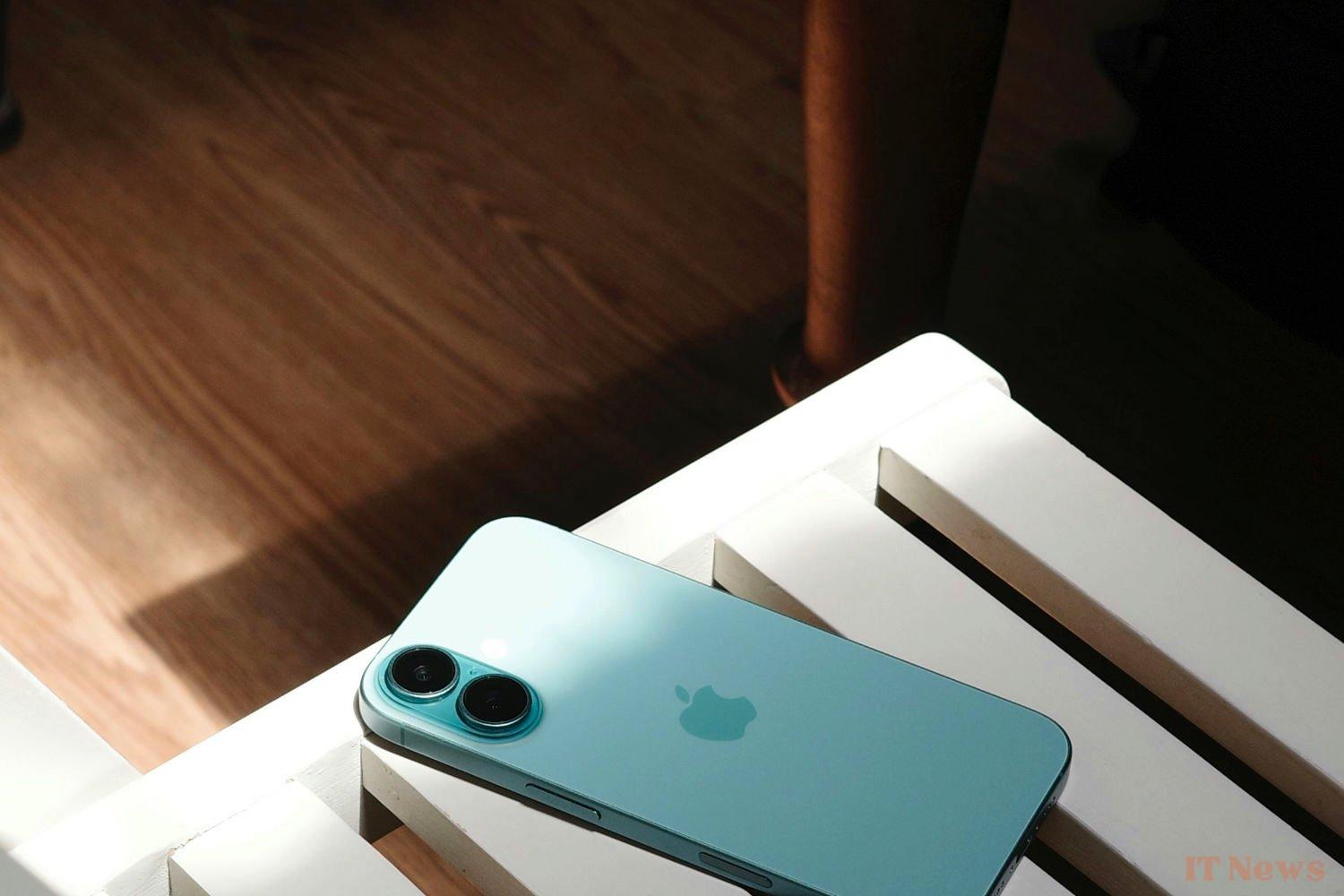During the iPhone presentation in 2007, Steve Jobs presented a revolutionary product. On stage, he extolled the merits of his product, but behind the scenes, he was already thinking about what would come next. His ultimate goal was to produce an iPhone without a single button. So when the iPhone X arrived, it was already a great success for Apple.
The Home button had just disappeared, leaving Face ID to take over. Although this development was critically acclaimed, we were still far from the portless iPhone that Steve Jobs dreamed of. But his wish could come true as early as this year. Indeed, Apple is about to launch a new smartphone: the iPhone 17 Air.
This radically different phone would be much thinner than the others. The latest rumors about it speak of 5.5 millimeters. With such a size, the iPhone 17 Air would be the thinnest phone in Apple's history, ahead of the iPhone 6. This evolution is already A big change, but Apple doesn't want to stop there.
iPhone 17 Air: the very first?
Indeed, the Californian giant could make another, much riskier choice with its iPhone 17 Air. The phone would be the first smartphone in Apple's history without a single port. In his latest report on the subject, journalist and expert Mark Gurman explains that the iPhone 17 Air would not have a USB-C port. This would make the Air "Apple's first completely portless iPhone."
Gurman nevertheless points out that Apple has reportedly reconsidered this idea in recent days. The Apple brand is indeed concerned about the reactions of European regulators. Without a USB-C port, the iPhone 17 Air could be banned on the old continent. Despite the growing demands, Europe remains one of Apple's most important markets. Apple can't afford to work without it.
An iPhone without USB-C?
The idea of producing an iPhone without a charging port is not new. Even before the switch from Lightning to USB-C, Apple had already discussed this idea. The Apple brand didn't want to bend the knee to Brussels and found a fallback solution with wireless charging to avoid USB-C.
In the end, the Apple brand gave up on this idea. Instead, it added a USB-C port to the base of its smartphone, something that has become mandatory for marketing the device in Europe. Let's remember that Apple wasn't firmly opposed to the arrival of USB-C; the Cupertino company had worked on developing this technology and had already adopted it for its tablets and Macs.



0 Comments